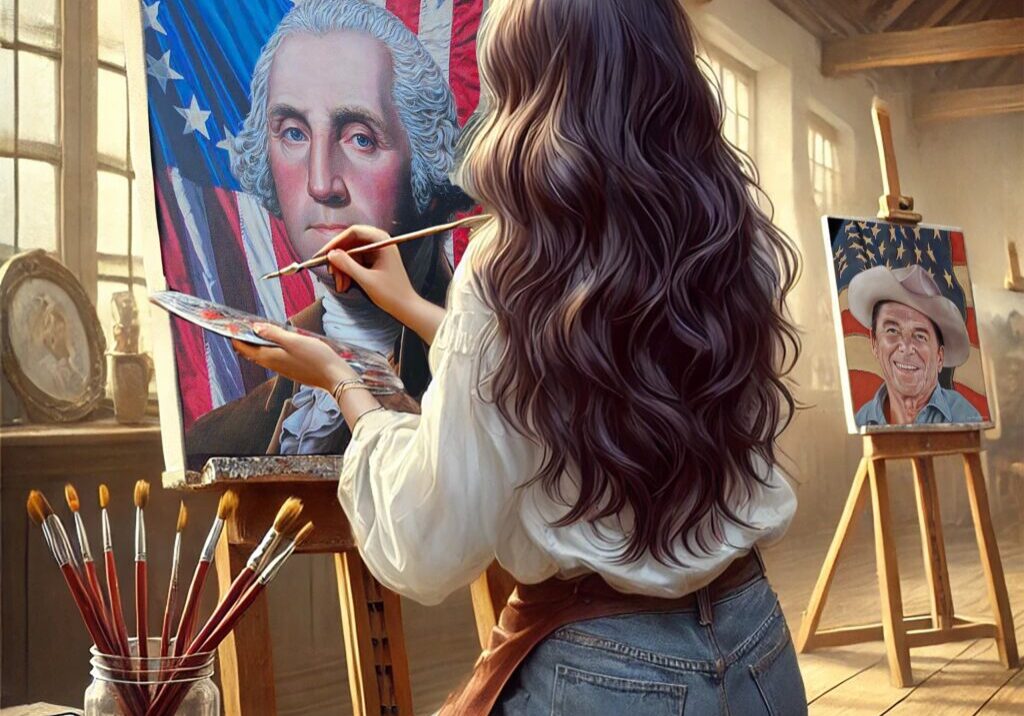
Sacred Threads: The Moravian Sisters and the Silent Art of Revolutionary Faith
Not all Revolutionary artists shouted. Some whispered. In Bethlehem, Pennsylvania, a quiet group of women known as the Moravian Sisters turned their craft toward the cause of liberty. Bound by faith and communal life, they stitched regimental flags for Continental units – – ot for profit, not for publicity, but as a devotional offering.
Their work was beautiful, precise, and deeply symbolic. And though their names may be lost to time, their hands helped carry the Revolution forward one banner at a time. The Moravian Church was known for its order, discipline, and emphasis on spiritual humility. Its communities operated with a structured division of labor, and women played essential roles in education, healthcare, and the arts. During the war, this extended to flag-making.
Though their religious values leaned toward pacifism, the sisters contributed in a way that felt both supportive and sacred. They embroidered regimental colors for local militias, often incorporating religious motifs into military iconography. Unlike battlefield flags made for speed and visibility, these banners were finely crafted. Their seams were flawless. Their borders were hemmed with care. The silk was dyed in rich, muted tones. Their script, when included, was delicate and deliberate. These were not utilitarian objects. They were offerings. Their art did not cry out from the streets. It entered the war with reverence. In the mural, I paid quiet homage to the Moravian Sisters through one of the softer scenes. A woman sits in a sunlit interior. A spool rests beside her.
Her hands work the edge of a banner, the needle catching a sliver of light. Outside the window, a group of men prepare to depart. Inside, the act of faith continues – not in voice, but in action. It is this layering of gesture and belief that the Moravian Sisters understood so well. What moves me most about their contribution is the intentional balance between aesthetic care and moral conviction. These women believed in beauty, in order, in quiet strength.
Their banners were not acts of protest in the traditional sense. They were acts of presence. A way to say, “We see what is unfolding. And though we may not march with you, we will walk beside you with thread.” These flags are rare now. A few survive in museums. Their fabrics have faded, and their gold trim has worn thin. But the integrity remains. You can still see the symmetry, the thought in every stitch, the harmony of hand and purpose. These banners did not need to shout to endure.
In a Revolution defined by action, the Moravian Sisters remind us that art can also be contemplative. That making something beautiful for the sake of shared belief is its own kind of resistance. Their sacred threads did not wrap sabers or ride into cannon smoke. But they were held high. And when they were, they carried not only color and crest – but quiet conviction.

